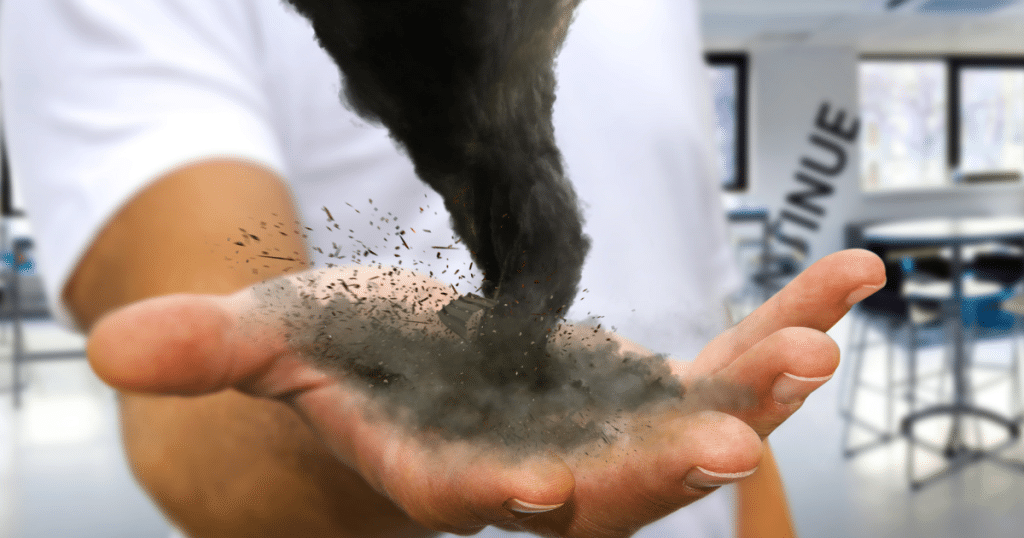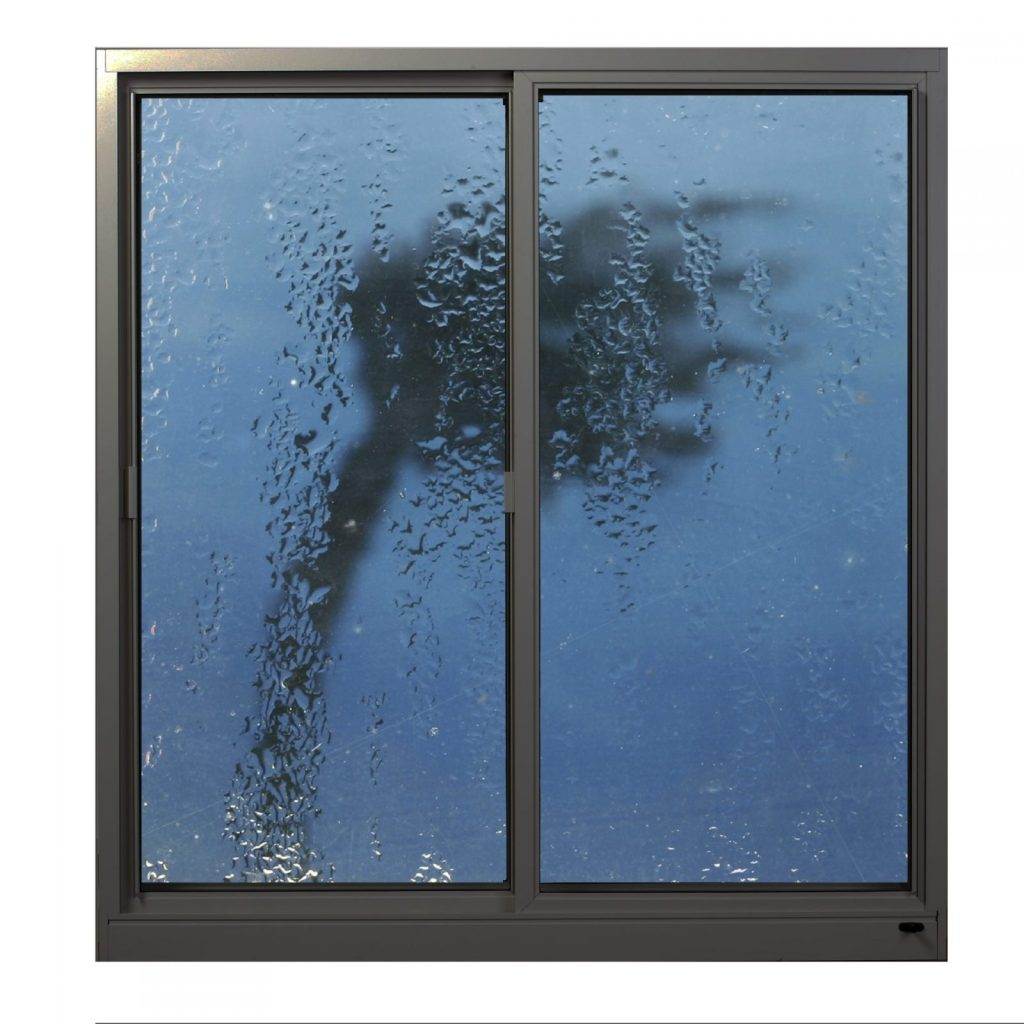So, here’s the deal – we’ve all been there, right? That heart-stopping moment when our phone slips from our grip and plummets to the ground, leaving us with bated breath as we flip it over to assess the damage. It’s a gut-wrenching experience, to say the least. But fear not, my friends, for I have some news that may just save us from future smartphone heartbreak. In this article, we’re going to uncover the answer to the age-old question: What is the toughest glass available? Prepare to be amazed, because the answer might just surprise you.
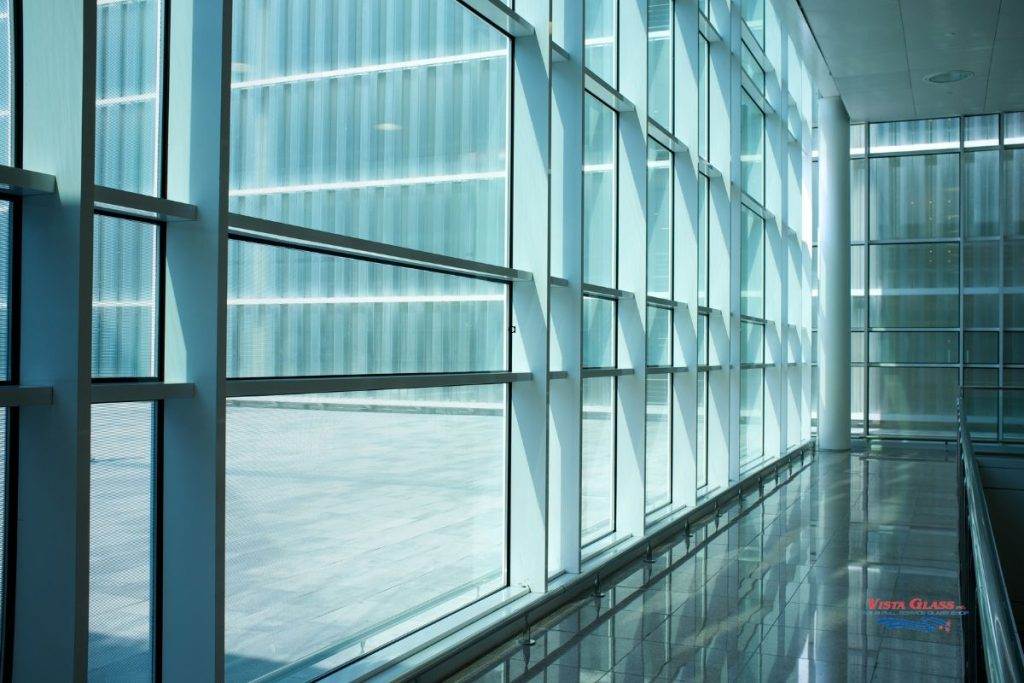
This image is property of www.vistaglass.com.
Types of Glass
Glass is a versatile material that is used in various industries and applications due to its unique properties. There are different types of glass available, each with its own set of characteristics and uses. Here, we will explore some of the most common types of glass:
Annealed Glass
Annealed glass is the most basic form of glass and is produced by slowly cooling molten glass to relieve internal stresses. This process helps to improve the strength and durability of the glass. Annealed glass is commonly used in windows, doors, and other architectural applications.
Tempered Glass
Tempered glass, also known as safety glass, is created by heating annealed glass to a high temperature and then rapidly cooling it. This process creates a strong outer layer and compressive stresses in the glass which makes it several times stronger than annealed glass. Tempered glass is commonly used in windows, shower doors, and automobile windows.
Laminated Glass
Laminated glass is made by sandwiching a layer of plastic or resin between layers of glass. This process enhances the strength and durability of the glass by preventing it from shattering into sharp pieces when broken. Laminated glass is commonly used in windshields, skylights, and buildings where safety is a priority.
Wire Glass
Wire glass is a type of safety glass that contains a wire mesh embedded within the glass. This mesh helps to hold the glass together when it breaks, preventing it from shattering into sharp pieces. Wire glass is commonly used in fire-rated doors, windows, and partitions.
Acrylic Glass
Acrylic glass, also known as Plexiglas, is a transparent plastic material that is lightweight and shatter-resistant. It is a popular alternative to traditional glass due to its impact resistance and versatility. Acrylic glass is commonly used in aquariums, signage, and displays.
Properties of Tough Glass
Tough glass, as the name implies, possesses certain properties that make it more resistant to various types of damage. Let’s explore some of the key properties of tough glass:
Hardness
Tough glass is characterized by its hardness, which refers to its ability to resist indentation or scratching. The hardness of glass is measured on the Mohs scale, with 1 being the softest and 10 being the hardest. Tough glass typically has a high hardness rating, making it more resistant to scratches and abrasions.
Strength
Strength is another crucial property of tough glass. It refers to the ability of the glass to withstand external forces without breaking or undergoing deformation. Tough glass is designed to have a higher strength compared to regular glass, reducing the risk of damage and breakage.
Resistance to Impact
One of the key properties of tough glass is its resistance to impact. Tough glass is specifically engineered to withstand the force of impacts, such as from falling objects or sudden changes in pressure. This resistance to impact helps to prevent the glass from breaking or shattering, increasing its durability and safety.
Resistance to Scratch
Tough glass is designed to be more resistant to scratches compared to regular glass. This property is particularly important in applications where the glass is exposed to frequent contact or abrasive materials. By resisting scratches, tough glass maintains its aesthetics and clarity for a longer period.
Resistance to Heat
Tough glass exhibits a high resistance to heat, allowing it to withstand high temperatures without breaking or deforming. This property makes it suitable for applications where glass is exposed to intense heat, such as in ovens, fireplaces, and industrial settings. The ability of tough glass to withstand heat also contributes to its overall durability and longevity.
Transparency
Transparency is an essential property of tough glass, as it determines the degree to which light can pass through the material. Tough glass is designed to be highly transparent, ensuring clear visibility and enhancing the aesthetics of objects or spaces where it is used. The transparency of tough glass is often achieved by utilizing high-quality manufacturing processes and materials.

This image is property of qph.cf2.quoracdn.net.
1. Annealed Glass
Manufacturing Process
Annealed glass is produced through a relatively straightforward manufacturing process. Molten glass is poured onto a flat surface and allowed to cool naturally. This slow cooling process relieves internal stresses and strengthens the glass. Once cooled, the glass is cut to the desired size and shape.
Strength and Durability
While annealed glass is typically the weakest type of glass, it still provides adequate strength and durability for many applications. It can withstand normal wear and tear, making it suitable for everyday use in windows, doors, and other architectural elements. However, it is important to handle annealed glass with care, as it can break into sharp fragments when shattered.
Applications
Annealed glass is widely used in architectural applications such as windows, doors, and skylights. Its versatility and cost-effectiveness make it a popular choice for residential and commercial buildings. Additionally, Annealed glass is also used in the automotive industry for windshields and backlights. However, it is worth noting that the use of annealed glass is often limited in areas where safety is a concern, as it shatters into sharp pieces when broken.
2. Tempered Glass
Manufacturing Process
Tempered glass is created by subjecting annealed glass to a process called thermal tempering. The glass is heated to a high temperature and then rapidly cooled using jets of cold air. This rapid cooling results in the outer surfaces of the glass contracting more quickly than the inner portion, inducing compressive stresses in the glass.
Strength and Durability
Tempered glass is known for its exceptional strength and durability. It is approximately four to five times stronger than annealed glass of the same thickness. This increased strength makes tempered glass highly resistant to external forces and impacts. When tempered glass does break, it shatters into small, relatively harmless pieces, reducing the risk of injury.
Safety Features
One of the significant advantages of tempered glass is its safety features. When tempered glass breaks, it does not form sharp, jagged shards like annealed glass. Instead, it crumbles into small, pebble-like pieces that are less likely to cause injury. This property makes tempered glass ideal for applications where safety is a concern, such as in automobiles and shower doors.
Applications
Tempered glass finds a wide range of applications in both residential and commercial settings. It is commonly used in windows, exterior doors, shower enclosures, and glass tabletops. In the automotive industry, tempered glass is used for side windows and backlights. Its high strength and safety features make it a popular choice for applications where impact resistance and safety are crucial.
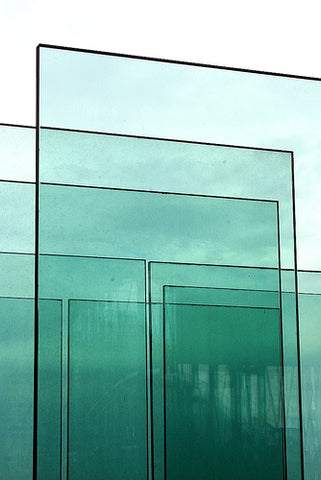
This image is property of cdn.shopify.com.
3. Laminated Glass
Manufacturing Process
Laminated glass is created by sandwiching a layer of plastic or resin between two or more layers of glass. The layers are bonded together under heat and pressure, creating a strong and durable laminated glass panel. The plastic interlayer is typically made of polyvinyl butyral (PVB), which acts as a adhesive and prevents the glass from shattering.
Strength and Durability
Laminated glass is designed to be highly strong and durable. The combination of multiple glass layers and the interlayer creates a laminated structure that is resistant to breakage and penetration. Even if the glass is broken, the interlayer holds the fragments together, reducing the risk of injury and intrusion. Laminated glass is significantly stronger than annealed or tempered glass of the same thickness.
Safety Features
One of the main advantages of laminated glass is its safety features. When laminated glass breaks, the broken pieces generally adhere to the plastic interlayer, preventing them from separating or falling out. This property makes laminated glass highly resistant to penetration and enhances safety, particularly in applications where security is a concern.
Applications
Laminated glass is commonly used in various applications where safety and security are paramount. It is widely used in automobile windshields, as the interlayer holds the glass together and prevents it from shattering on impact. Laminated glass is also used in skylights, balconies, and building facades to provide protection from impact and improve safety. Additionally, it is used in banks, museums, and other high-security locations where break-ins and intrusions need to be prevented.
4. Wire Glass
Manufacturing Process
Wire glass is manufactured by embedding a wire mesh within the glass during the manufacturing process. The wire mesh is typically made of stainless steel or other high-strength materials. The glass and wire mesh are fused together under heat and pressure, creating a composite material that is resistant to shattering.
Strength and Durability
The presence of the wire mesh makes wire glass significantly stronger and more durable than traditional glass. The mesh provides reinforcement and holds the glass together when it breaks, preventing it from shattering into sharp pieces. This enhances the strength and resilience of wire glass, making it suitable for applications where impact resistance and safety are vital.
Safety Features
Wire glass is primarily used for its safety features. When wire glass breaks, the wire mesh holds the broken fragments together, creating a barrier that prevents the glass from shattering and dispersing. This property makes wire glass highly resistant to penetration and helps to maintain the integrity of the structure in case of breakage.
Applications
Wire glass is commonly used in fire-rated doors and windows, as it helps to prevent the rapid spread of fire and smoke. It is also used in settings where safety and security are essential, such as schools, hospitals, and industrial facilities. In areas where impact resistance is crucial, such as gymnasiums and sports complexes, wire glass is used to provide a durable and safe solution.

This image is property of www.windowfilmdepot.com.
5. Acrylic Glass
Manufacturing Process
Acrylic glass, also known as Plexiglas, is a transparent plastic material that is manufactured through a process called polymerization. Acrylic monomers are mixed with a catalyst and then poured into molds, where they undergo a chemical reaction to form solid acrylic sheets. The sheets are then cut and shaped to the desired size and thickness.
Strength and Durability
Acrylic glass is known for its exceptional strength and durability. It is approximately ten times stronger than regular glass of the same thickness, making it highly resistant to impacts and breakage. Acrylic glass is also resistant to UV radiation, weathering, and chemical corrosion, further enhancing its durability in various environments.
Safety Features
One of the significant advantages of acrylic glass is its safety features. When acrylic glass breaks, it does not shatter like traditional glass; instead, it usually cracks into large, relatively blunt pieces. This property reduces the risk of injury and makes acrylic glass a safer alternative to traditional glass in applications where safety is a concern.
Applications
Acrylic glass is widely used in a variety of applications due to its strength, durability, and versatility. It is commonly used in aquariums, as it is transparent and resistant to impact and shattering. Acrylic glass is also used in signage, displays, and store fixtures, where its clarity and impact resistance make it a popular choice. Additionally, it is used in outdoor lighting fixtures and architectural components due to its weather resistance and durability.
Factors Affecting Glass Toughness
Several factors contribute to the overall toughness of glass. Understanding these factors can help in choosing the right type of glass for specific applications:
Chemical Composition
The chemical composition of glass plays a significant role in determining its toughness. Various elements and compounds can be added to the glass composition to enhance its strength, durability, and resistance to impact.
Manufacturing Process
The manufacturing process employed to produce glass affects its toughness. Different processes, such as annealing, tempering, lamination, and wire embedding, bring out specific characteristics in the glass that contribute to its overall toughness.
Treatment and Coating
The treatment and coating applied to the glass surface can enhance its toughness. Processes such as ion exchange and coating deposition can increase the glass’s scratch resistance, impact resistance, and overall durability.
Glass Thickness
The thickness of the glass is an essential factor in its toughness. Thicker glass generally offers better resistance to impact and external forces. The specific application and level of required protection will determine the optimal thickness of the glass.
Design and Shape
The design and shape of the glass can affect its toughness. Curved or structured glass may provide enhanced strength and resistance to specific loads or impacts compared to flat glass. Considering the design and shape requirements can help in selecting the most appropriate glass for the desired application.
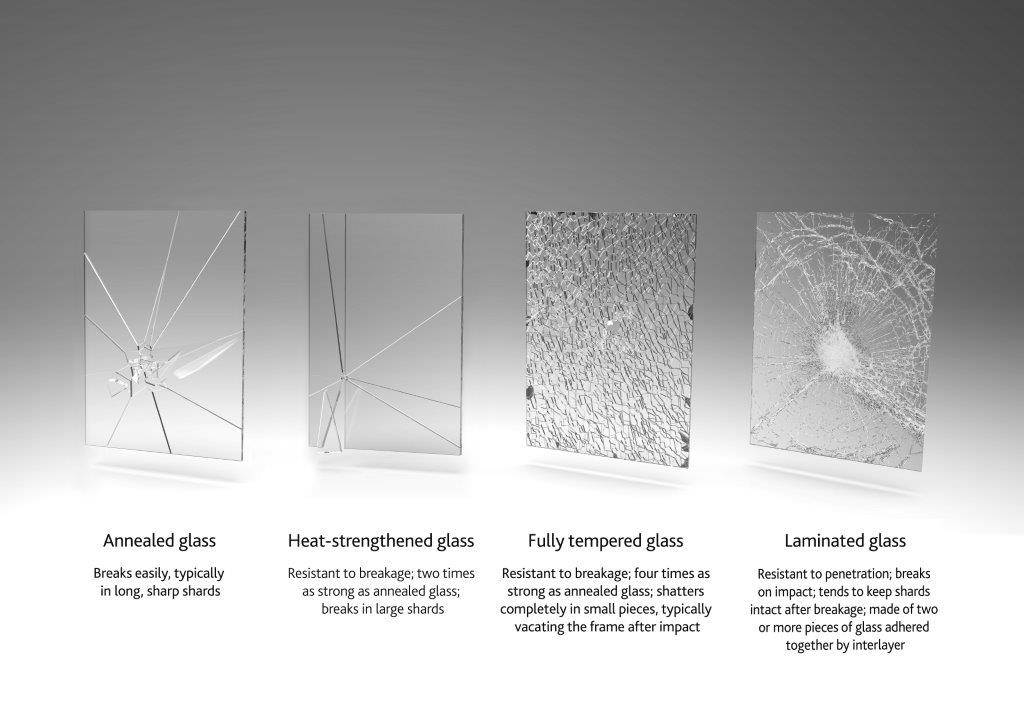
This image is property of www.saflex.com.
Testing Methods for Glass Toughness
Multiple testing methods are employed to assess the toughness and durability of glass. These tests help in determining the glass’s ability to resist impact, scratching, heat, and strength:
Impact Resistance Testing
Impact resistance testing involves subjecting the glass to impact forces, typically using a pendulum or a drop-ball test. This test measures the glass’s ability to withstand impact without breaking or shattering.
Scratch Resistance Testing
Scratch resistance testing evaluates the glass’s ability to resist scratches and abrasions. The glass is subjected to controlled scratching with materials of known hardness, and the resistance to scratches is measured.
Heat Resistance Testing
Heat resistance testing determines the glass’s ability to withstand high temperatures without breaking or deforming. The glass is subjected to high heat in a controlled environment, and its reaction to temperature changes is assessed.
Strength Testing
Strength testing measures the glass’s ability to withstand external forces without breaking or undergoing deformation. This can be done through various methods, such as tensile or flexural testing, which apply controlled forces to the glass and measure its response.
Applications of Tough Glass
Tough glass finds applications in various industries and settings, where its strength, durability, and safety features are highly valued. Let’s explore some of the key industries and applications where tough glass is commonly used:
Automotive Industry
Tough glass is extensively used in the automotive industry for windshields, side windows, and backlights. The high impact resistance and safety features of tough glass make it a crucial component in ensuring the safety of vehicle occupants and protecting against external forces.
Architecture and Construction
In the field of architecture and construction, tough glass is used in windows, doors, skylights, balconies, and facades. Its strength, durability, and safety features make it an ideal choice for providing protection against impact, enhancing security, and complying with safety regulations.
Aerospace Industry
The aerospace industry relies on tough glass for cockpit windshields, cabin windows, and display panels. Tough glass is necessary to withstand the extreme conditions of aerospace environments, including rapid changes in temperature, pressure, and vibrations.
Electronics and Displays
In the electronics industry, tough glass is commonly used for electronic displays, touchscreens, and protective covers. The high level of transparency, scratch resistance, and impact resistance of tough glass ensure the longevity and visual quality of electronic devices.
Military and Defense
Tough glass plays a critical role in military and defense applications, such as armored vehicle windows, ballistic shields, and helmet visors. These applications require glass materials that can withstand high-velocity impacts and provide protection to personnel against projectiles and explosive fragments.
In conclusion, the demand for tough glass is increasing across various industries due to its exceptional strength, durability, and safety features. Annealed glass, tempered glass, laminated glass, wire glass, and acrylic glass are some of the commonly used types of tough glass, each with its own manufacturing process and applications. Understanding the properties and factors affecting glass toughness can help in choosing the right type of glass for specific requirements. With advancements in technology, testing methods and the continuous development of new glass compositions and manufacturing techniques, the future of tough glass looks promising in revolutionizing industries and creating safer environments.

